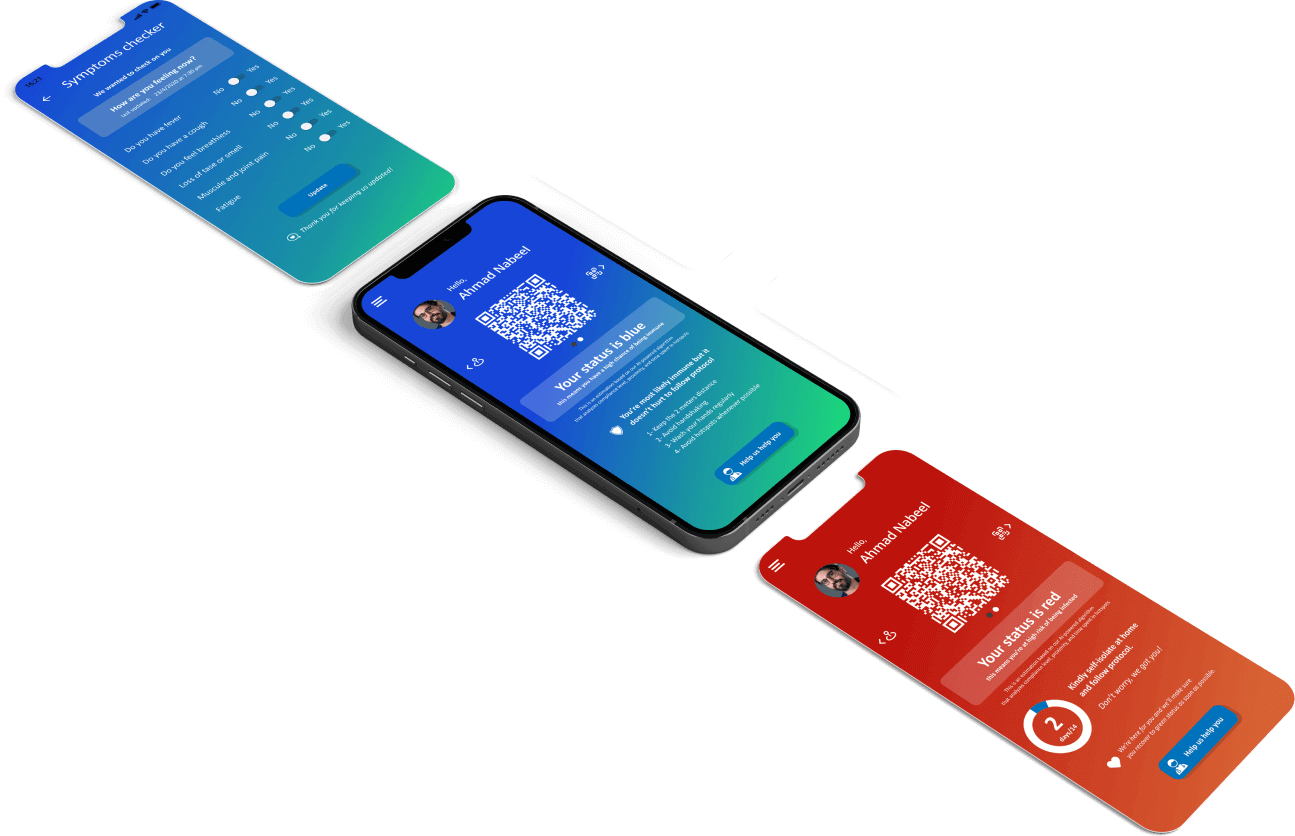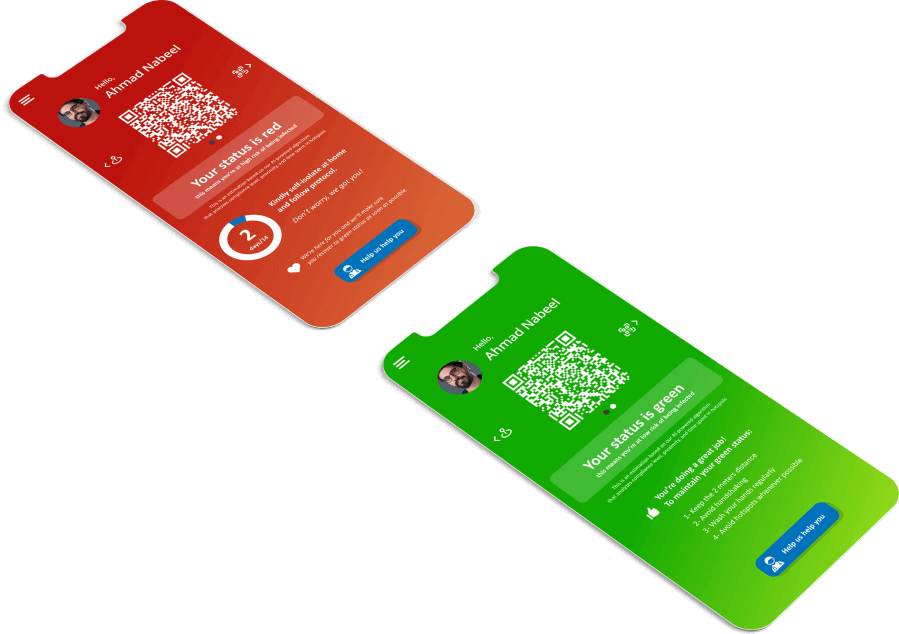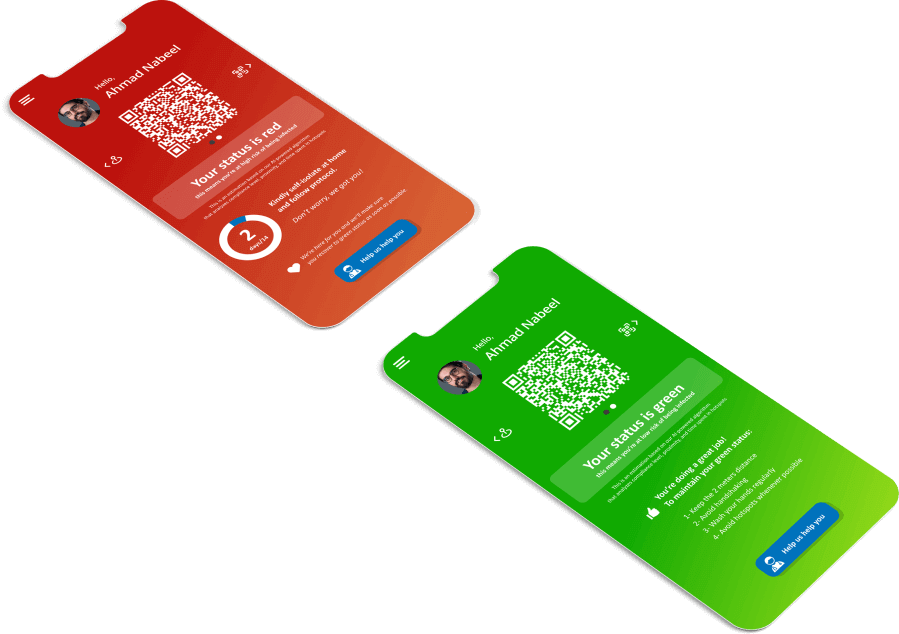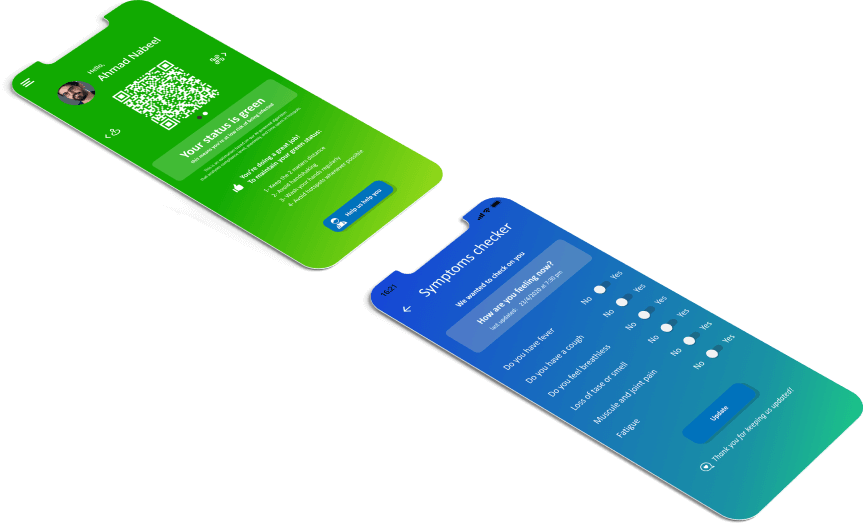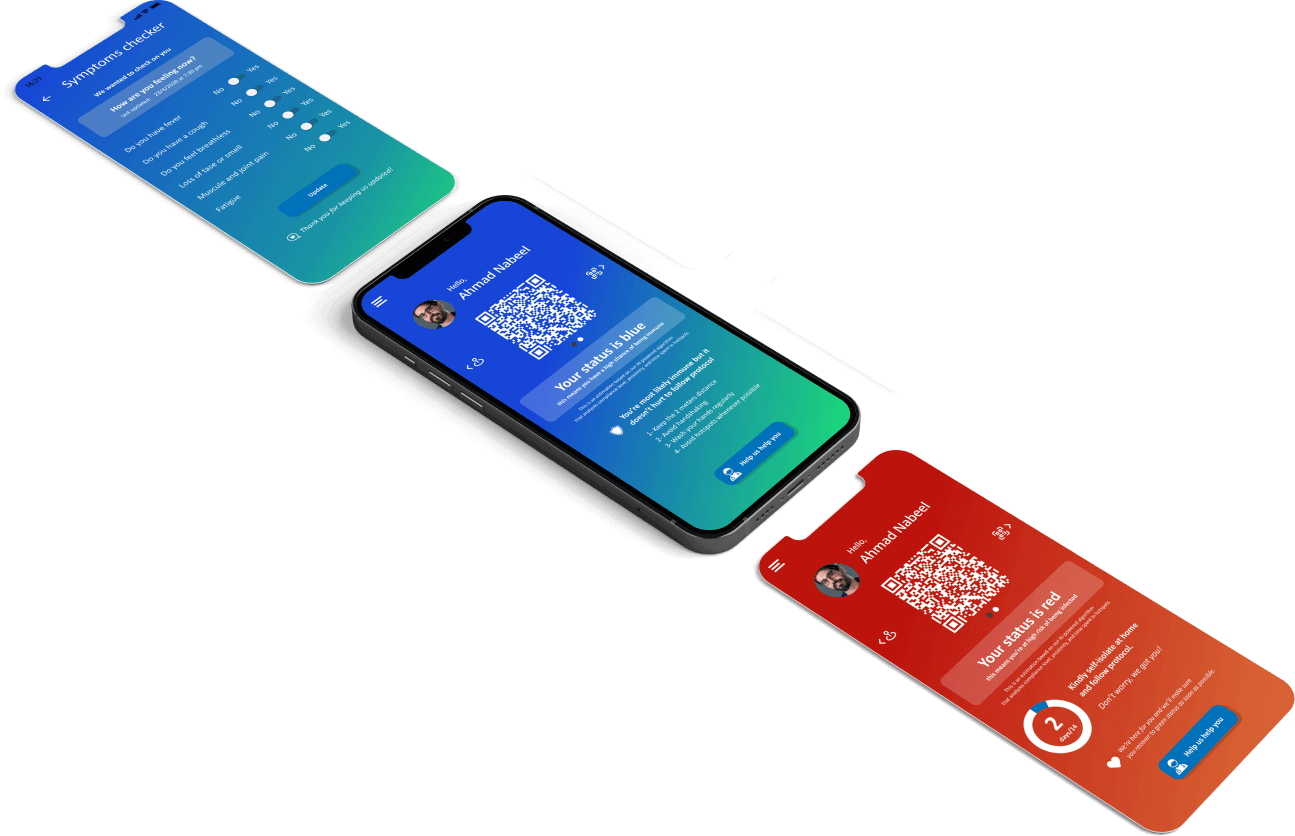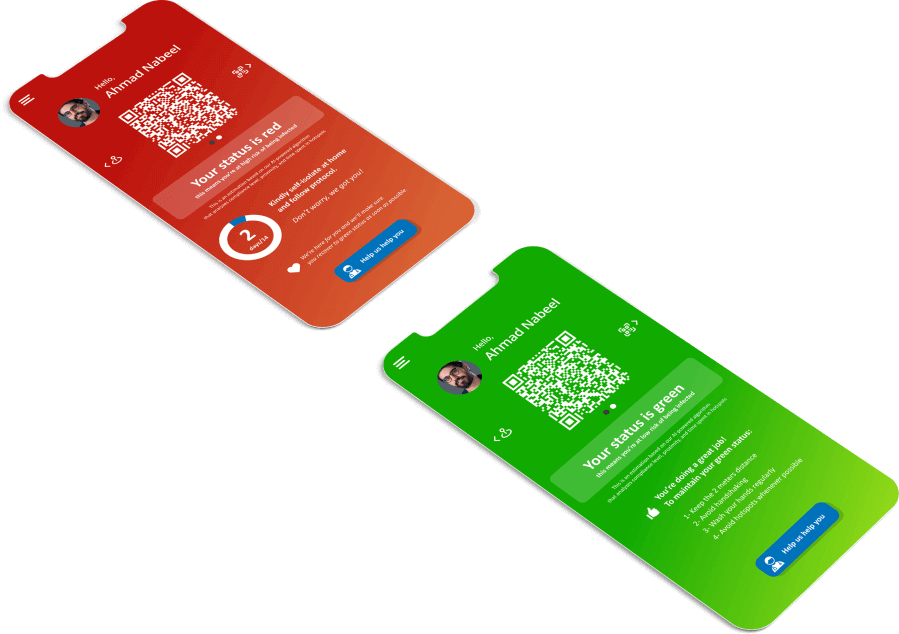Unified Restaurant Management & Ordering System
A modern, full-stack restaurant management system that centralizes menu management, inventory, orders (in-house, phone, and online), delivery workflows, expense tracking, and real-time analytics built to reduce waste, speed service, and grow revenue.
Duration: 1 year 1 month | Industry: • Business • eCommerce
Get Started